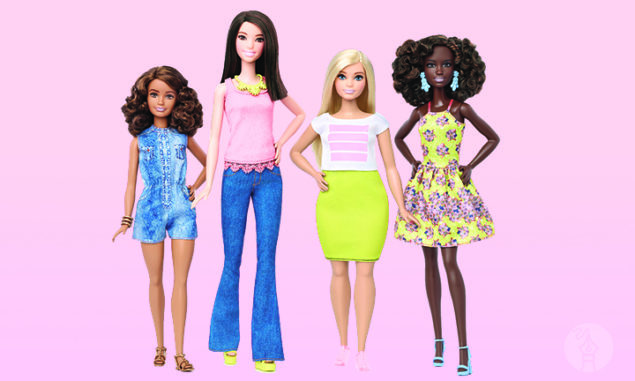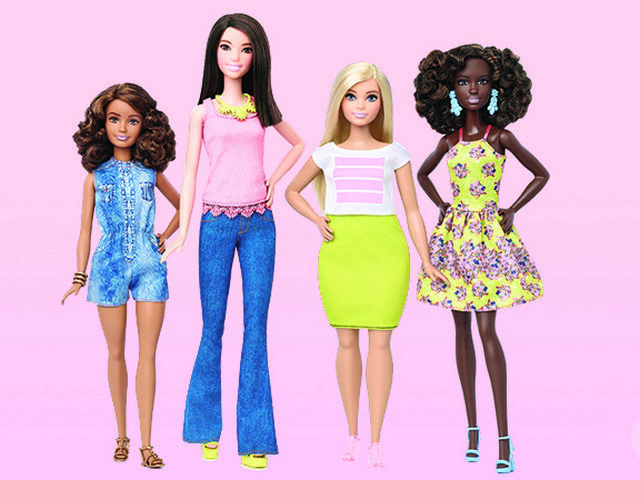
Earlier this year, in conjunction with their #DreamCrazier campaign, Nike unveiled ten billboards from Downtown Los Angeles to Times Square. The ad features fencer and Olympic medalist Ibtihaj Muhammad, rejoicing over a victory while wearing her Nike brand hijab. It’s a striking visual representation of diversity in the sports industry.
Social, cultural and political movements have always played a role in modern-day marketing. Still, with so many hotly contested issues on the minds of Americans – women’s rights, sexual identity, immigration, racial bias, etc. – it’s no surprise that major players like Nike and Procter & Gamble (whose Always brand is currently campaigning to #EndPeriodPoverty) are creating powerful and oftentimes polarizing content to connect with consumers on a deeper level.
Nike in particular has become an outspoken social justice warrior in recent years. Their conscious shift in marketing is most evident on their Instagram page, which chronicles a departure from generic sports imagery to a celebration of recognized (e.g. Serena Williams) and lesser-known athletes of varying ages, ethnicities, orientations, and abilities. It’s a commanding statement that tells you precisely where the brand’s goals and political sentiments lie.
Granted, social movement campaigns often fail. Some fail hard. (Pepsi is still recovering from its one-day Kendall Jenner ad fiasco.) To succeed in social movement marketing, the key is (as always) authenticity.
● Practice what you preach. If your new canned beer campaign is going to tackle gender equality, then it’s imperative that your corporate structure and actions reflect those values (i.e. a board that is not comprised of men alone). Otherwise, consumers will perceive that you’re merely trying to capitalize on the moment – and you’ll be pulling your ad faster than you can say Kendall Jenner.
● Execution matters. How you deliver the message is as important as the message itself. If your new campaign is putting a spotlight on racial bias, then you’ll want to bring in experts and creative partners who can speak on the issue and ensure that the message is presented with accuracy and authenticity. While Starbucks received mixed reviews for its racial bias training session in 2018, the fact that they commissioned an educational short film from Emmy Award-winning, African American documentarian Stanley Nelson proves that the brand’s intentions were in the right place.
● Focus on change. Barbie has always struggled with diversity, but there is still hope for the doll manufacturer. In addition to launching a new, diverse collection of “Role Model” dolls – in the likenesses of body activist Ashley Graham, director Ava Duvernay, NASA mathematician Katherine Johnson, and others – Barbie is also putting profits and research funds towards their #CloseTheDreamGap project, which is looking to rewrite cultural stereotypes and empower young girls around the world.
And it doesn’t end there. Consumers who share your values will be looking to you for guidance on how to act, where to donate, and how to effect change. After all, authenticity means that you’re still invested in social and cultural issues long after the campaign is over.
About Brand Poets
Founded by Tana M. Llinas, Brand Poets is a collective of strategists, visual storytellers, and digital artisans crafting smart, poignant campaigns that command attention. www.brandpoets.com — instagram @brandpoets — call 786-732-7466.






